Affiliate Disclosure: We earn a commission if you purchase through one of our links at no additional cost to you.
I’m still spending time reviewing images from my street photography in Cuba. It’s still a bit difficult for me to put my finger on what makes good street photography, but I think this photo says more about a day in life in Havana than I could ever write.
Another Day in Cuba
This little scene pretty much sums up my walk through Havana. Old, colorful buildings. Old cars. Pedicabs. Pedestrians. Plywood. The only thing that’s exaggerated is the width of the street. Most were quite narrow with room for only one car in the lane. How they managed to know who could drive which way was beyond my ability to comprehend.
I’ve read that the purpose of street photography is to capture the human condition. So it stands to reason that street photography in Cuba should capture the human condition as they see it. I guess this works.
Still, I’m just trying to measure street photography as a form of art. I keep coming back to the same thought.
I don’t get it.
There are some rabid fans of street photography. They love going out with their camera to see what they can capture. Yet, all I see are snapshots. Sometimes, just sneaky snapshots so people won’t know they’re being photographed.
That’s the other half of the coin. When I read tips on street photography, some of the advice speaks about dressing in black to avoid attention. Are you supposed to be invisible so you don’t influence the scene, or invisible so you don’t get hassled because you took a photo of someone in public?
Doesn’t matter. I don’t have that many black clothes. I guess that means I fail at street photography
Street Photography in Cuba
If you’re going to start, I’d say that street photography in Cuba is the best place to begin. Nobody there ever seemed to care about photographers. It isn’t that we went unnoticed. After all, it was too damn hot to wear black. People just went about their own business and didn’t get uptight about a photo.
Of course, most of us would still make some kind of contact and seek permission before taking a shot. Pretty simple, really “Ola! Foto?” That’s about the extent of my bi-lingual skills. Most people were fine. One or two people nodded their heads to let me know they didn’t want to be photographed, so I left them in peace. After all, what’s the point of asking if you don’t respect the answer?
Trying to do the same thing in a large city in the States would likely just create confusion and unnecessary discussion about what I’m going to do with the photos. What am I supposed to say? I’m going to put them on my blog. What’s your blog about? You can see how this would run downhill rather quickly.
Maybe the best way to conduct street photography is to shoot in a place where you don’t speak the language. Maybe I’ll try it in Boston.
Want to learn more about Travel Photography? Click below to check out more Travel Photography articles.
Travel Photography Articles

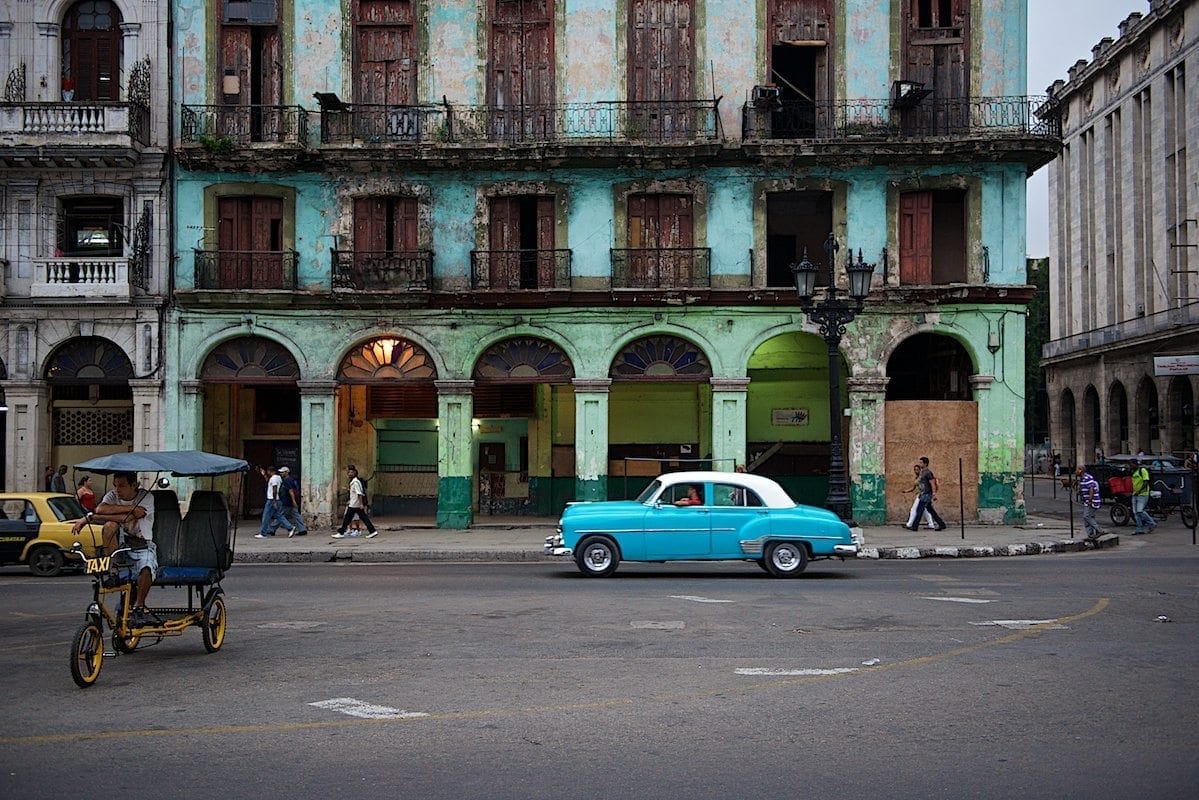

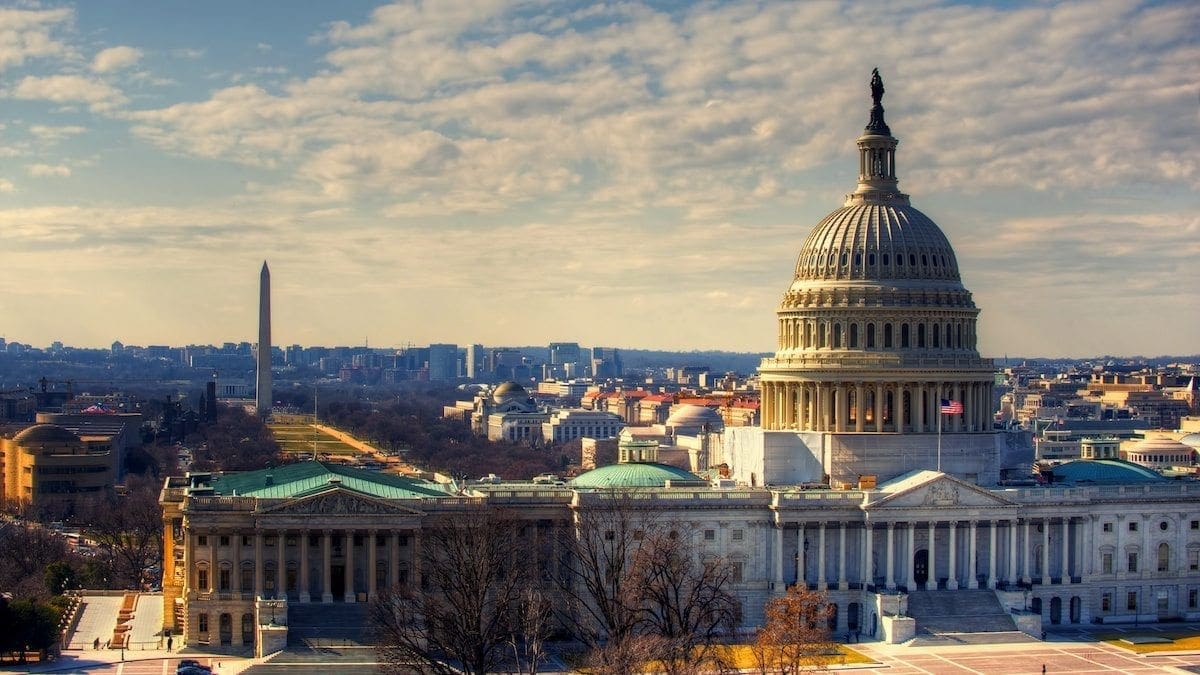
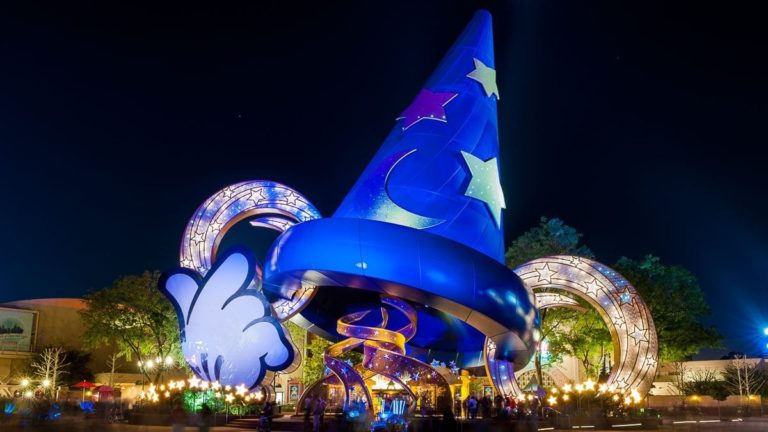
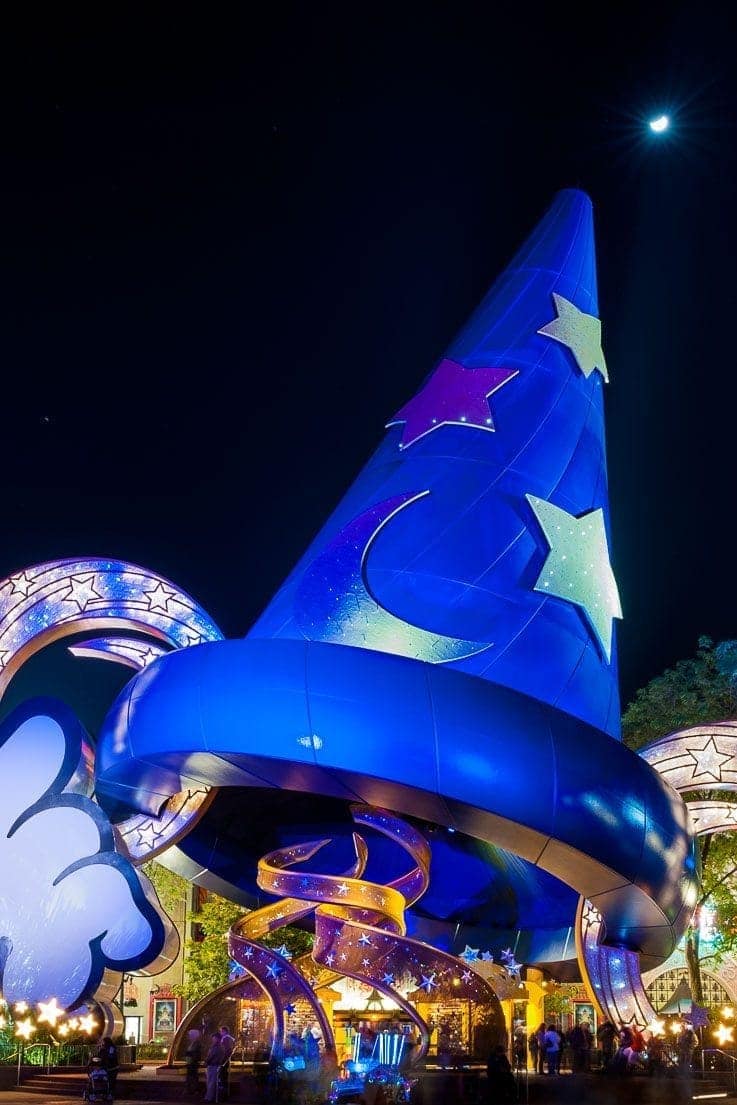

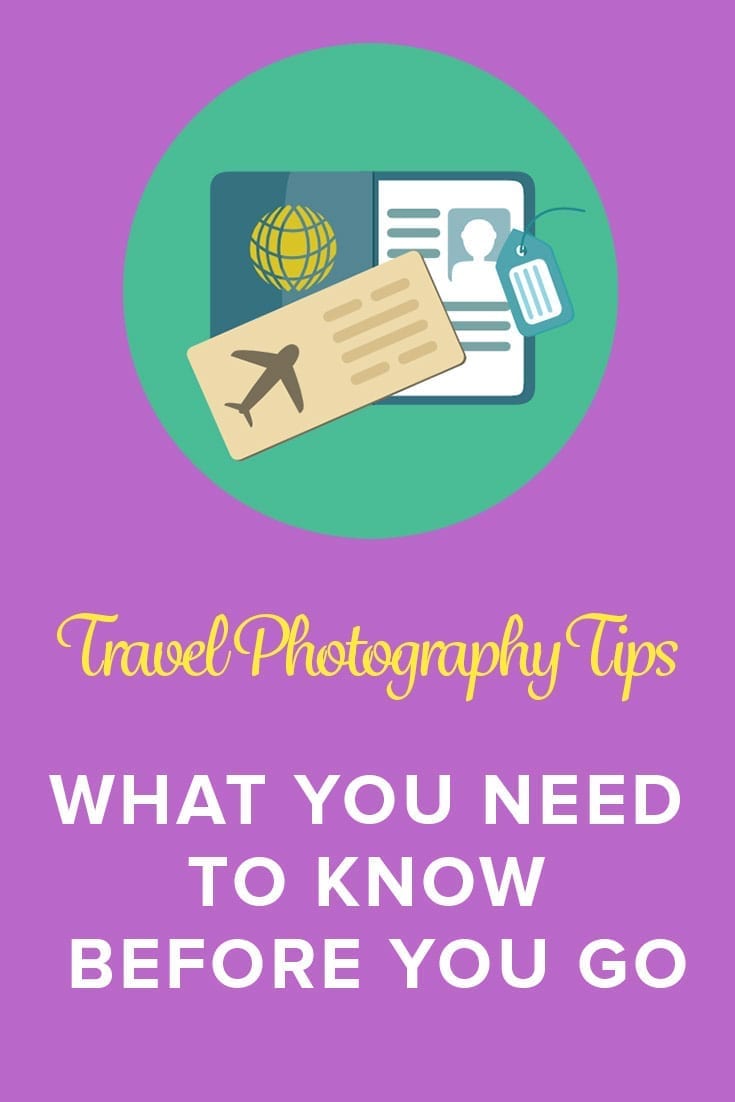
Hi Willian.
It is true that Cuba is a paradise for street photo, you can be very close to people and that does not happen in all parts of the world, in addition to colors, light, etc.
According to my experience in Havana it is better not to ask permission or to talk to people, if you do this you will find people who smile or people who get angry, so I prefer to let the situation be as natural as possible.
The photo of your article seems original to me to talk about street photo because it truly summarizes much of what one can find in Havana with a good combination of colors, elements and light.
Thank you for your article on the beautiful and photogenic Cuba.